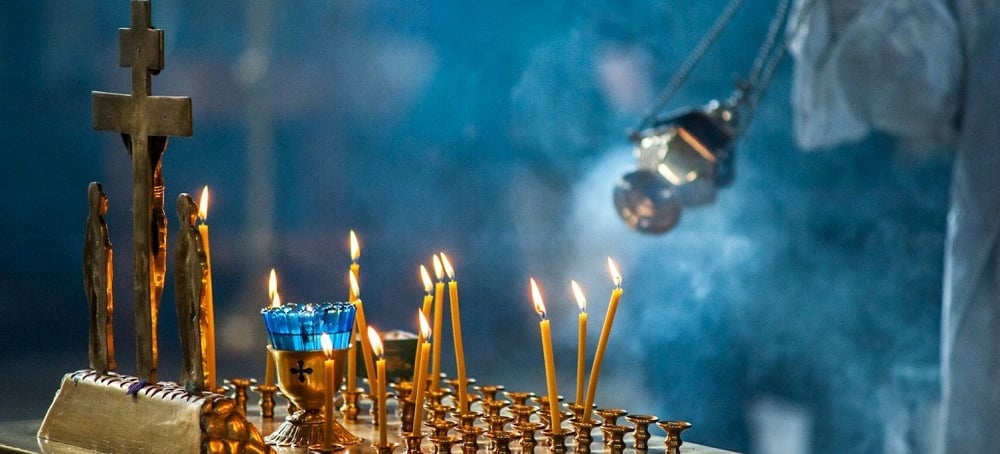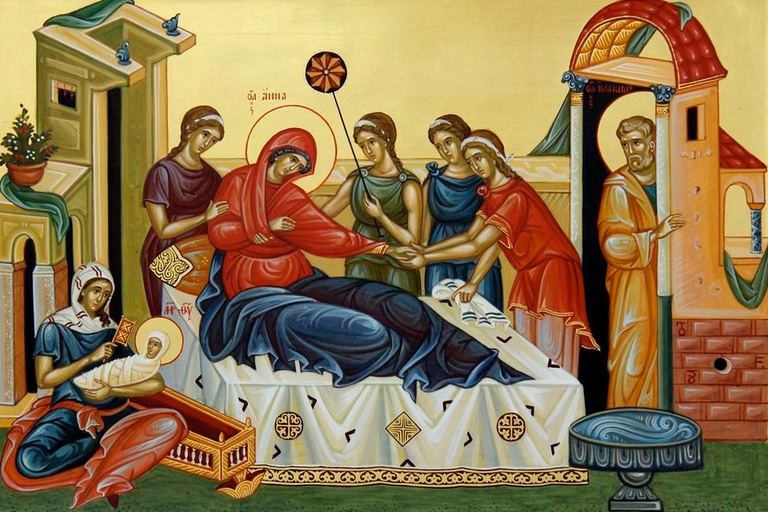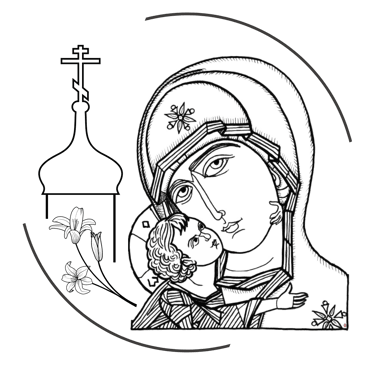What an Orthodox Christian Grave Should Look Like: Tradition, Canons, and Pastoral Guidance
This article provides a detailed overview of how an Orthodox Christian grave should be arranged according to Church canons, centuries-old traditions, and pastoral guidelines. It explains the symbolic meaning of the Cross, the proper orientation of the body, which elements are appropriate or inappropriate at the gravesite, and the position of the Orthodox Church regarding headstones. The content is based on liturgical sources, the Typikon, the Book of Needs (Trebnik), and the lived experience of Orthodox monasticism.


The burial of a departed Christian is not merely a farewell to earthly life, but a profound expression of faith in the resurrection of the dead and eternal life. For this reason, the way an Orthodox Christian grave is arranged carries not only cultural but also deep theological meaning. The Church’s burial tradition has been shaped over centuries and preserves sacred guidelines for how the faithful should be buried and remembered.
1. Burial on Consecrated Ground
Orthodox Christians should be laid to rest in a cemetery that has been consecrated by the Church.
Source: Book of Needs (Trebnik), Rite for the Blessing of a Cemetery
“Let this place become a resting place for our departed… we pray that it may be sanctified…”
A burial site is made holy through prayer, the sprinkling of holy water, and the erection of a Cross. It becomes a sacred space — a place of waiting for the Resurrection.
2. Orientation of the Body
The body is traditionally laid to rest facing east — the direction from which Christ is expected to return at His Second Coming (cf. Matthew 24:27).
“For the East is the image of Christ’s Light…” (Typikon)
This practice reflects the hope that, at the Resurrection, the departed will rise facing Christ. It also symbolizes that the person's life was oriented toward the true Light — Christ Himself.
3. The Cross — the Central Symbol of a Christian Grave
The most important element on an Orthodox grave is the Cross, not a tombstone. It stands as a witness to the person’s faith and their belonging to Christ.
Source: Book of Needs, Rite for the Blessing of a Grave Cross
“We place the life-giving Cross over the grave of the servant of God… as a sign of victory over death…”
The Shape of the Cross
The traditional Orthodox Cross has eight points, with an upper bar for the inscription and a slanted lower bar. A six-pointed cross is also permitted. Latin-style (four-pointed) crosses are not commonly used in Orthodox parishes.
Materials
The most canonical choice is wood — symbolizing humility and decay giving way to eternal life. Metal or stone may also be used, provided the design remains simple and modest.
Placement
The Cross is placed at the foot of the grave, so that at the Resurrection, the person will “rise facing the Cross.”
4. Headstones — Permitted, But Not a Replacement for the Cross
The Orthodox Church teaches that the Cross must be the primary symbol on a Christian grave. A headstone may be added, but never as a substitute.
Sources: Holy Tradition, common practice in Orthodox Churches (Greek, Russian, Serbian, Romanian, Antiochian, etc.), Typikon, Book of Needs
“Where there is no Cross, there is no sign of faith, no symbol of victory over death” — a saying common among the elders of Mount Athos.
The Church’s Position:
The Cross is a theological necessity — a sign of salvation, of unity with Christ, and of hope in the Resurrection.
A headstone can serve as a respectful memorial but must never take the place of the Cross.
Monastic Traditions (e.g., Mount Athos, Jerusalem, Orthodox monasteries):
Only a simple wooden Cross is used — often without any images, inscriptions, or even the person’s name. This reflects a spirit of humility and the belief that what matters most is that the person’s name is written in the “Book of Life.”
Pastoral Note:
Where headstones are permitted, they should never overshadow or distract from the Cross. All design choices should reflect a spirit of repentance, humility, and Christian hope.
5. Inscriptions on the Cross and Headstone
According to Church custom, the following should be included:
The Christian (baptismal) name of the deceased
Dates of birth and death
Traditional prayers such as “Memory Eternal,” “With the saints give rest,” or “Lord, rest the soul of Your servant”
Common symbols include I.N.R.I. (Jesus of Nazareth, King of the Jews) and a skull with crossed bones beneath the Cross — a reminder of death and the victory of the Cross
6. Grave Decorations
The Church discourages excessive or decorative additions, including:
Fences, marble slabs, artificial lighting
Artificial flowers
Fountains, benches, statues, and other ornamental items
The grave of a Christian should be a place of prayer, not decoration.
7. Blessing of the Cross and Grave
The Cross and the burial site should be formally blessed.
A priest performs the blessing, sprinkling holy water and offering prayers for the repose of the soul of the departed.
Conclusion
An Orthodox grave is a visible expression of our belief in the Resurrection.
The Cross on the grave is not a decoration — it is the sign of Christ’s victory over death. Simplicity, reverence, prayer, and hope in Christ should characterize a Christian’s final resting place. An Orthodox Christian departs to meet the Lord — and their grave should bear witness to that hope.


